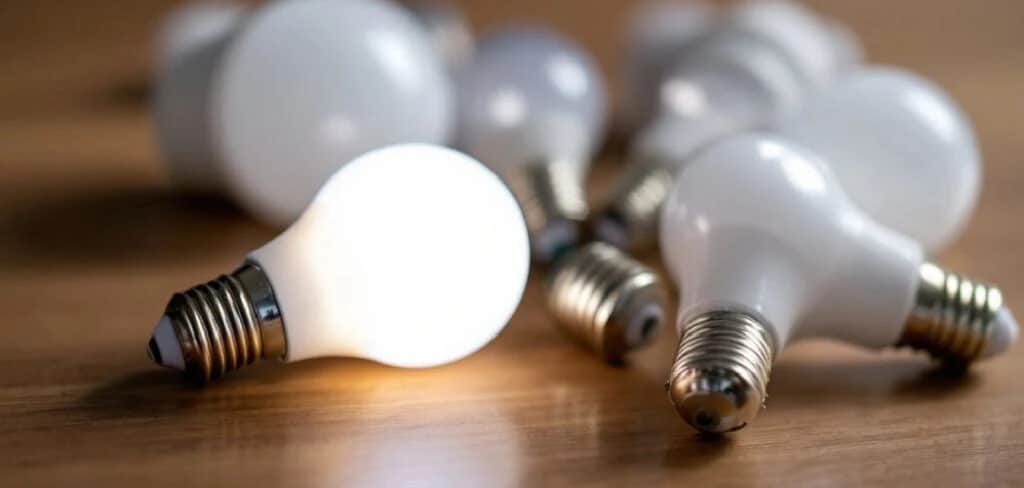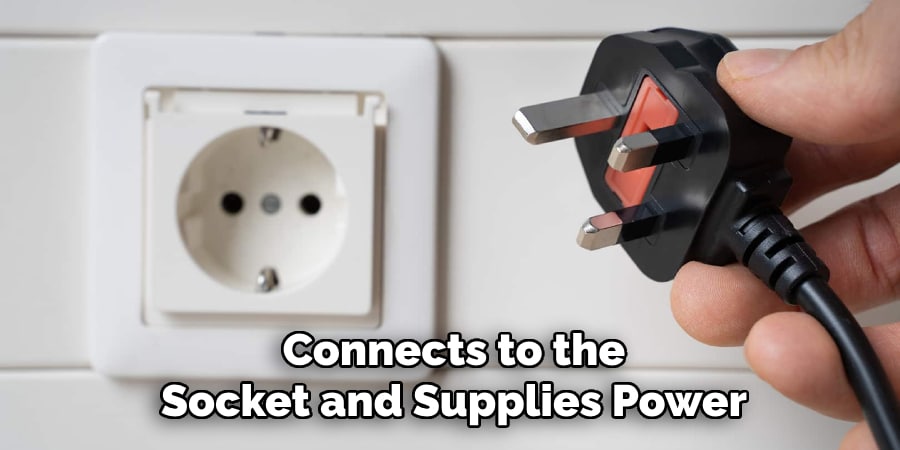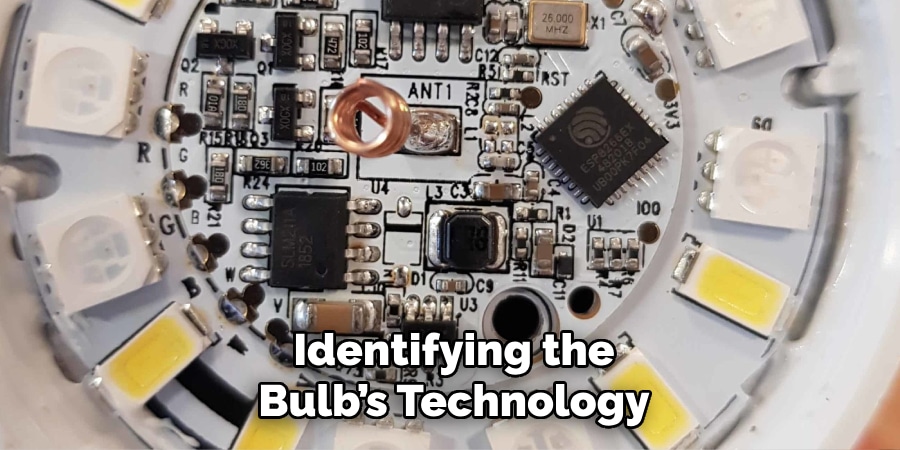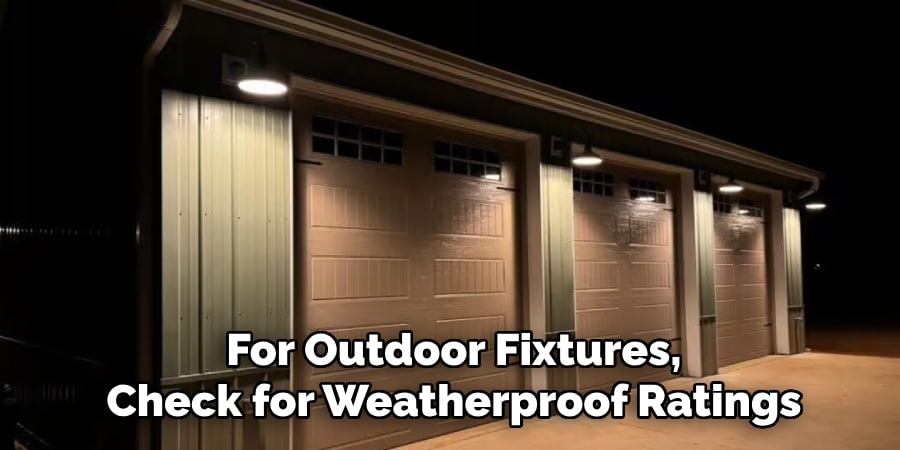Lighting plays a crucial role in both functionality and design. But when it comes time to replace a burned-out bulb or upgrade your lighting, identifying the correct light bulb type can be more confusing than expected. From mismatched bases to incompatible wattage and vague labeling, the task becomes frustrating—especially if you’re trying to shop online or buy energy-efficient alternatives.

Whether you’re dealing with an old lamp, a bathroom vanity, or a ceiling fan, knowing how to identify the correct bulb type can save you time, money, and headaches. In this guide, you’ll learn how to identify light bulb types like shapes, bases, wattage, voltage, and technologies. By the end, you’ll be fully equipped to identify any bulb and pick the perfect replacement with confidence.
Why Light Bulb Identification Matters
Identifying the correct light bulb type is essential for safety, efficiency, and proper lighting. Bulbs are not universally interchangeable, and using the wrong one can lead to poor illumination, higher energy bills, or even safety hazards. The biggest issue is compatibility. A bulb with the wrong base won’t fit correctly or might not work at all.
Forcing it could cause overheating or damage the socket. Some bulbs, especially halogens and incandescents, generate excess heat, increasing fire risks if misused. Energy efficiency is another key factor. Incandescents and halogens consume more power and burn out faster. Switching to an LED equivalent with the same base and shape can lower your electricity costs and last significantly longer.
Additionally, the type of bulb you choose affects the lighting quality in your space. Color temperature, brightness, and beam direction influence how a room feels and functions. Warm white bulbs suit cozy settings like bedrooms, while daylight bulbs work best in offices or kitchens. Choosing the right bulb ensures comfort, safety, and long-term savings.
Base Types: Where to Begin
The bulb base is one of the most important identifiers when selecting the right replacement. It’s the part that connects to the socket and supplies power. If the base doesn’t match, the bulb won’t fit or function. In the US, screw bases are the most common.

E26 is the standard size for most household fixtures like table lamps, ceiling lights, and floor lamps. For smaller fixtures such as nightlights or chandeliers, the E12 (candelabra) base is often used. In European regions, the E14 screw base is more typical.
Pin bases are commonly seen in spotlights, compact fluorescents, and some LED bulbs, with popular types including GU10 and MR16. These use two pins that vary in thickness and spacing—measuring these distances is crucial for correct identification.
Specialty bases, such as bayonet, wedge, or bipin, appear in decorative lights, appliances, or automotive applications. Because they can look similar, using a ruler or caliper to measure dimensions, then comparing with an online base chart, helps ensure you choose the right match.
Understanding How to Identify Light Bulb Types
Beyond the base, shape is the next most important feature to consider. Bulb shape is described using a letter-number code. For example, an A19 bulb is the standard pear-shaped bulb used in table lamps and overhead lights. The “A” stands for the shape, while “19” indicates the diameter in eighths of an inch (19/8 = 2.375 inches).
Common bulb shapes include globe bulbs for bathroom vanities, candle-shaped bulbs for chandeliers (C-Series), and reflectors like BR30 or PAR38 used in recessed and floodlight fixtures. Tube bulbs, marked as T5 or T8, are often used in under-cabinet and garage lighting.
Using a shape comparison chart—many of which are printable—can help you visually match your bulb with the right type. This is especially useful when buying online or replacing an older bulb whose label is no longer visible.
Identifying the Bulb’s Technology
Identifying the bulb’s technology is essential when choosing a replacement. Each type has unique characteristics that affect energy use, heat output, and lifespan. Incandescent bulbs have a visible filament inside clear or frosted glass, emit warm yellow light, and get hot quickly.
They’re cheap but inefficient and are being phased out in many areas. Halogen bulbs, a more efficient version of incandescents, are brighter and commonly found in spotlights and desk lamps. They’re small, capsule-shaped, and still produce a lot of heat.

CFLs (compact fluorescent lamps) are spiral or tube-shaped, more energy-efficient, and last longer, though they take time to brighten and contain mercury, requiring careful disposal. LEDs are the most efficient and popular option today. They stay cool, last over a decade, and are available in many shapes and brightness levels.
Smart bulbs, usually LED-based, include built-in wireless modules for app or voice control. They’re often heavier and labeled with terms like “Bluetooth,” “Zigbee,” or “Wi-Fi,” and may include QR codes for easy pairing.
Wattage and Voltage Considerations
Wattage tells you how much energy a bulb uses. In the past, it also indicated brightness, but with LEDs and CFLs, a lower wattage can still mean high brightness. For example, a 10-watt LED can be as bright as a 60-watt incandescent. Always check both the wattage and the brightness equivalent listed on the packaging or bulb base.
Voltage is equally important. In the US, standard household voltage is 120V. In Europe and many other regions, it’s 220–240V. Using a bulb with the wrong voltage can cause it to fail or burn out quickly. Some specialty bulbs, especially imported or appliance-specific models, may require transformers or adapters.
Brightness and Color Quality
When identifying a bulb, don’t overlook lumens and color temperature. Lumens measure brightness. A standard 60W incandescent bulb produces around 800 lumens. LEDs and CFLs provide lumen ratings to help you match the brightness level accurately.
Color temperature, measured in Kelvins, defines how warm or cool the light appears. A warm white (2700k–3000K) creates a cozy atmosphere and is suitable for bedrooms and living rooms. Cool white (3500–4100K) works well in kitchens and workspaces. Daylight bulbs (5000–6500K) offer a bright, natural light ideal for reading, crafting, or offices.
Also consider CRI, or Color Rendering Index, which tells you how accurately a bulb renders colors. High CRI bulbs (above 90) are preferred in areas like kitchens, closets, or art studios where color fidelity matters.
Decoding Labels and Markings
Most bulbs include helpful information printed on the base or glass. This might include the model number, wattage, lumens, color temperature, and base type. Codes like A19, GU10, or MR16 are standard across brands and indicate shape and socket.

Certifications like UL (Underwriters Laboratories), CE (Conformité Européenne), RoHS (Restriction of Hazardous Substances), and Energy Star provide insights into safety, energy efficiency, and environmental compliance.
Smart bulbs often come with additional logos indicating compatibility with systems like Alexa, Google Home, Apple HomeKit, or Zigbee. Some may have a QR code or app symbol for quick setup and pairing.
Matching Bulbs to the Right Application
Not every bulb is suited for every location. For outdoor fixtures, check for weatherproof ratings or IP codes indicating water and dust resistance. Bulbs not rated for outdoor use should only be installed in enclosed, protected fixtures.
If your fixture has a dimmer switch, make sure the bulb is labeled “dimmable.” Many CFLs and some LEDs are not dimmable and may flicker or fail prematurely if used with incompatible switches.
Directional lighting (such as spotlights) differs from omnidirectional bulbs that spread light evenly in all directions. Reflector-style bulbs have built-in optics to direct light, which is important for task lighting or accent illumination.
Tools and Apps to Help
Manufacturers like GE, Philips, and Sylvania offer online tools where you can enter a code, upload a photo, or answer questions to identify your bulb. Apps can also scan barcodes or QR codes to provide product details and compatible alternatives.
Comparison guides are another handy tool. Printable charts help match base types and shapes visually. Equivalence tables help convert between incandescent, CFL, and LED brightness levels, making it easier to switch technologies without losing performance.
When You Need Expert Help
If your bulb is broken or missing a label, consider bringing it to a store. Many lighting or hardware stores have display boards to help match base types and shapes. Wrap the bulb in bubble wrap or cloth to protect it during transport.
Alternatively, take clear, well-lit photos from multiple angles. Include a ruler, coin, or other object for scale. This can be just as helpful in getting support from an in-store expert or online retailer.

Frequently Asked Questions
Q: How can I tell what type of light bulb I have?
Ans: Check the base, shape, markings, and wattage. Measure the base size, compare it to a chart, and note if it’s screw or pin type for accurate identification.
Q: What is the difference between E26 and E27 bases?
Ans: E26 is used in the US, E27 in Europe. They’re nearly identical in size and often interchangeable if voltage and bulb type match.
Q: How do I find the right wattage replacement for my old bulb?
Ans: Compare lumens for brightness. A 10W LED equals a 60W incandescent. Look at LED packaging for the incandescent equivalent wattage.
Q: What is the CRI rating on a bulb and why does it matter?
Ans: CRI (Color Rendering Index) measures how accurately a bulb shows true colors. A higher CRI (above 80) is better for natural-looking lighting, especially in kitchens or workspaces.
Q: How do I know if a bulb is for outdoor use?
Ans: Look for weatherproof markings or an IP rating on the packaging. Outdoor-rated bulbs are built to handle moisture and temperature changes safely.
Conclusion
Identifying the right light bulb doesn’t need to be a guessing game. By understanding base types, shapes, wattage, voltage, and technologies like LED or CFL, you can easily choose a replacement that works efficiently and safely. Decoding labels, checking application needs, and using visual guides or apps can streamline the process even further.
Take your time, measure carefully, and don’t hesitate to use tools like shape charts or barcode scanners to confirm your selection. Bookmark this guide or print out a bulb identification chart for future reference. And if you need help choosing the right bulb, check out Lightorix.com comprehensive buying guides and product reviews.
